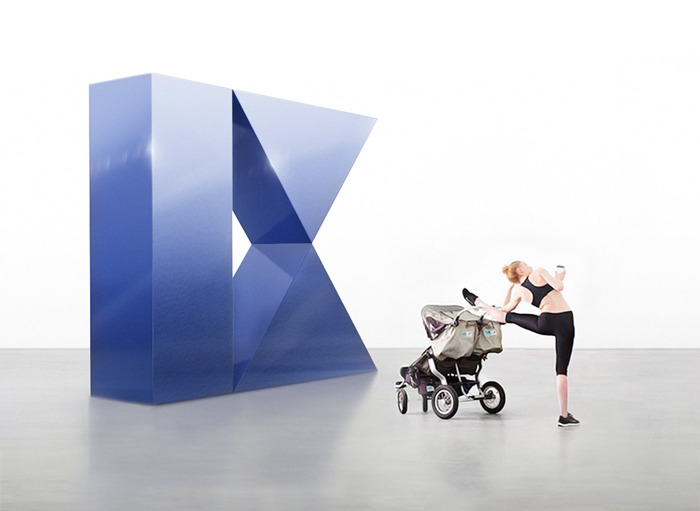Looking for the art in the Berlin Biennale

The Berlin Biennale for Contemporary Art 2016 with the title “The Present in Drag“ curated by the New Yorker collective DIS (Lauren Boyle, Solomon Chase, Marco Roso, David Toro) feels so cutting edge contemporary that it is difficult to recognise the actual art. As this year’s biennale looks for the digital condition and the paradoxes that make up our everyday life it includes many objects, images, settings and situations that feel so familiar that it isn’t instantly clear what makes them art just because they appear in a museum.
The Berlin Biennale for Contemporary Art 2016 with the title “The Present in Drag“ curated by the New Yorker collective DIS (Lauren Boyle, Solomon Chase, Marco Roso, David Toro) feels so cutting edge contemporary that it is difficult to recognise the actual art. As this year’s biennale looks for the digital condition and the paradoxes that make up our everyday life it includes many objects, images, settings and situations that feel so familiar that it isn’t instantly clear what makes them art just because they appear in a museum.
It starts with the fact that the curators developed with the agency Meiré und Meiréa a marketing- and communications strategy to create a campaign that avoids the typical ‘art-look’ and instead plays with nowadays familiar image vocabulary of advertisement in terms of a cooperate identity and could be used for any product from bank to insurance to fashion companies. Already when entering on of the four exhibition locations this dominant advertisement campaign overcomes the modest, neutral white cube museum interior and creates a rather commercial environment.
Staircase KW
© Sabine Reitmaier
© Julia Burlingham
Another reason for this everyday life feeling might be because the participating artists are all very young and mostly born in the 1980s so they grew up in the sharing economy: take it and use it. It’s not necessarily about ready-mades and declaring them as art. It’s more about creating entire environments for example like Debora Delmar’s installation of a juice bar called ‘MINT’. Her juice bar installation with up-cycling furniture made out of pallets and paparazzi photos of celebrities with green juices reflects on the iconography and commodities of health driven lifestyles. The title Mint is also the acronym for the developing economic powers of Mexico, Indonesia, Nigeria, and Turkey – countries that often export the fruit that becomes the much more expansive liquefied juice product. Since when did a healthy food become a luxury product? This entire juice bar installation looks so authentic what differentiates it from a normal juice bar around the corner just because it is installed inside of a museum?
If it was the curators aim to organise a non-art biennale that doesn’t look like art at first sight they succeed. Challenging the borders of art has driven the history of art of the last century and this exhibition definitely is part of this challenge, but in the end what do you actually gain if you take down all boundaries and everything becomes art?
Of course this is just one aspect of the Berlin Biennale 2016, there are many more topics visualised like digitalisation, the blurring likes between real and virtual world etc. A guided tour is very helpful if not even necessary as the art is despite extensive wall labels with difficult technical jargon not self-explanatory and as often with conceptual art require a lot of words to make sense.
© Debora Delmar
© Debora Delmar
© Berlin Biennale for Contemporary Art

